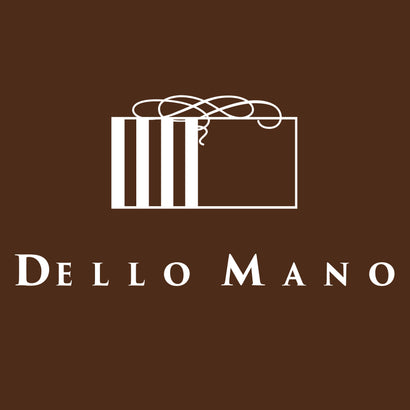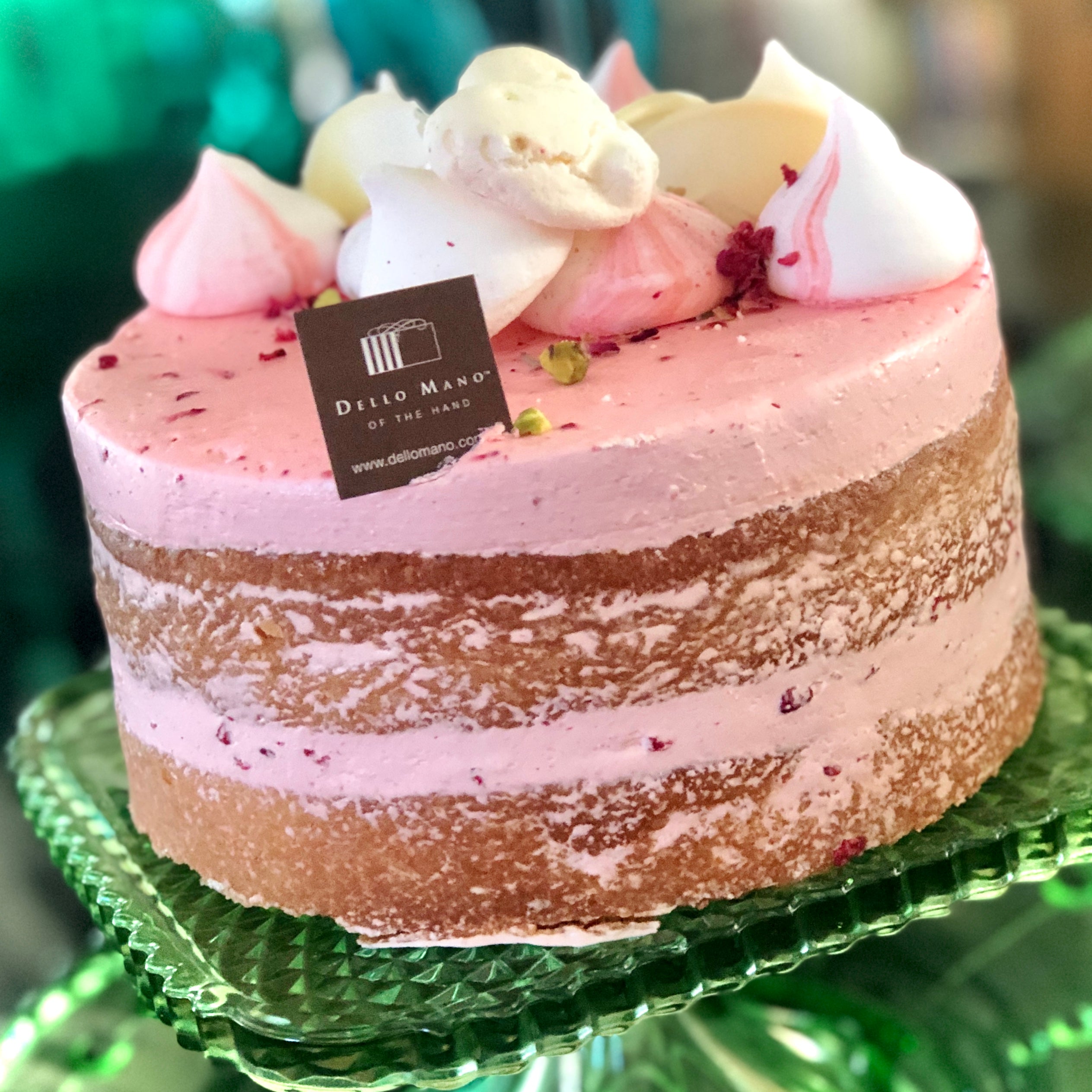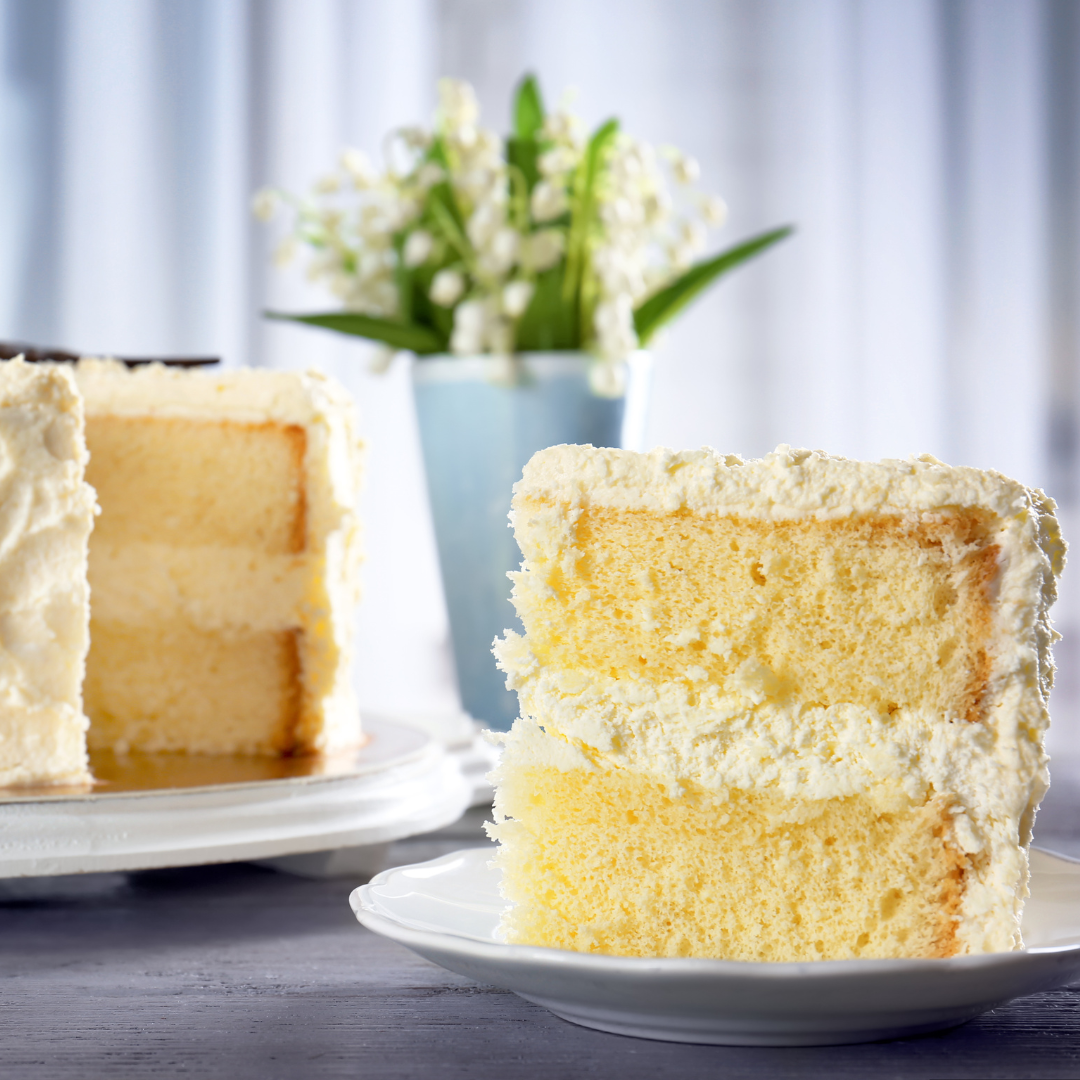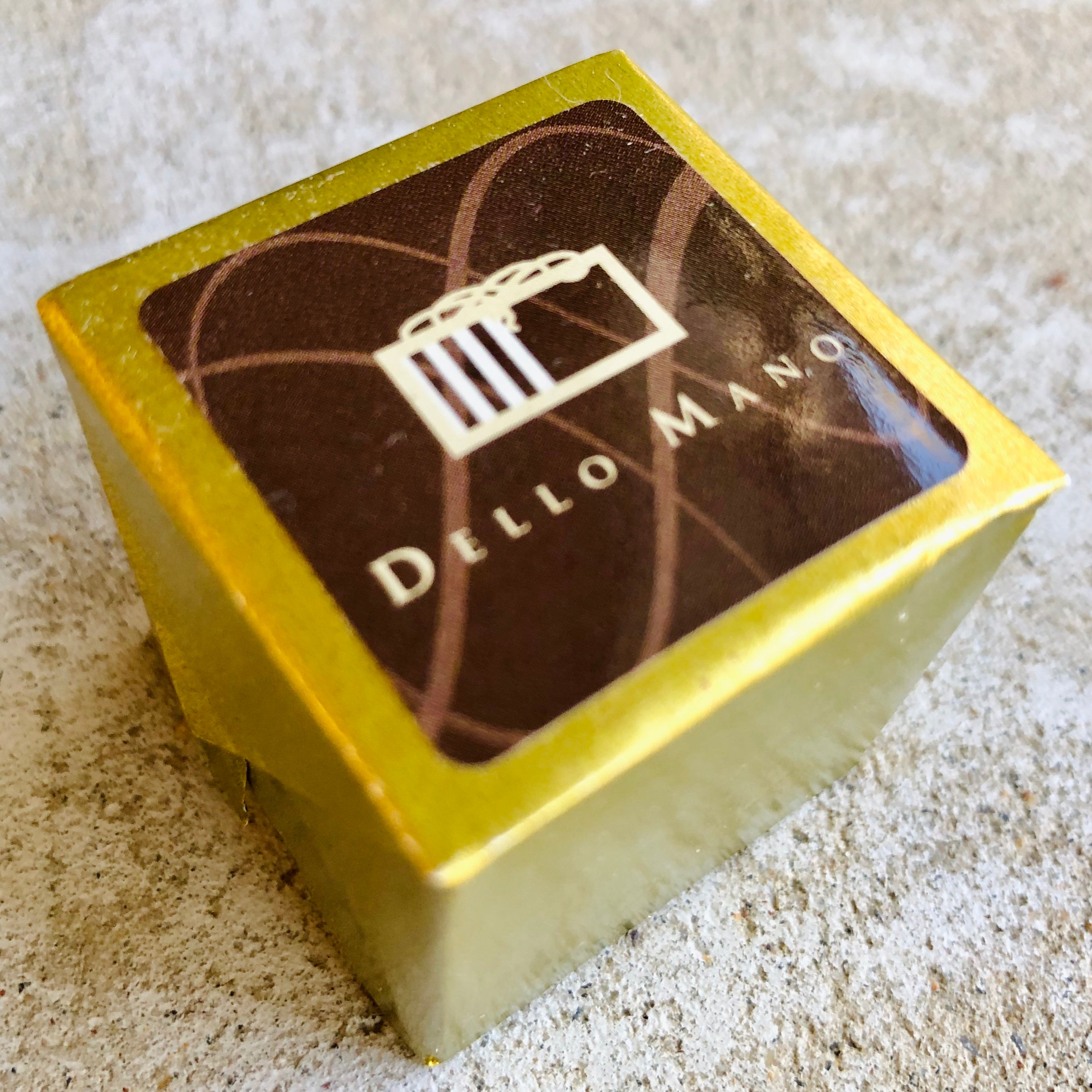Your Cart is Empty
Deborah Peralta
Cheesecake Through Ages: From Ancient Greece to Modern Delights

Aconfluence of creamy richness and delicate sweetness, cheesecake has left its delectable mark on civilizations across the globe. Join us as we delve into the annals of gastronomy, unwrapping the layers of this timeless treat's past and savoring its diverse incarnations that continue to captivate our taste buds today.
From its humble beginnings in ancient Greece to the innovative variations of the present day, this exploration serves as a tantalizing testament to the enduring allure of cheesecake
The Ancient Beginnings of Cheesecake
The history of cheesecake dates back thousands of years and spans various cultures, making it a dessert with a rich and diverse heritage.
Ancient Beginnings:
The origins of cheesecake can be traced to ancient Greece. It is believed that cheesecake was served to athletes during the first Olympic Games held in 776 B.C. Greek physician Aegimus even wrote a book in the 5th century B.C. detailing how to make "plakous," a cake made from cheese and honey.
Ancient Greek cheesecake was made from simple ingredients, primarily featuring cheese, honey, and wheat. The cheese used was often a combination of fresh cheese curds, similar to cottage cheese or ricotta, and honey was used as a natural sweetener. The mixture was blended to create a creamy consistency.
The crust of the cheesecake was made from a wheat-based dough, creating a base that supported the cheese and honey filling. The cake was then baked in an earthenware mold, likely over an open fire or in a communal oven.
Cheesecake was a significant dish in ancient Greek cuisine and culture. It was not only enjoyed as a dessert but also as an offering to the gods during religious ceremonies and festivals. The combination of cheese and honey held symbolic importance, representing the duality of life's flavors—sweetness and bitterness.
Roman Influence and Culinary Innovation
As the Roman Empire expanded, so did the popularity of cheesecake. The Romans modified the Greek recipe by including crushed cheese and eggs. They often baked the cheesecake and sweetened it with honey.
Cheesecake gained immense popularity during the Roman era, becoming a staple of lavish banquets and feasts. The Romans enjoyed experimenting with different flavors and ingredients, and cheesecake became a canvas for culinary creativity.
From incorporating various fruits and spices to exploring different types of cheese, the Romans elevated cheesecake to a symbol of luxury and indulgence.
In Roman culture, cheesecake held both practical and symbolic value. It was not only enjoyed as a delectable treat but also served as a means of displaying wealth and hospitality. Cheesecake often adorned the tables of the wealthy elite, underscoring their social status and culinary prowess.
Medieval Evolution and Global Spread
During the Middle Ages, the recipe for cheesecake embarked on a journey across medieval Europe, adapting to the tastes and ingredients of different regions. As trade routes expanded and cultural exchanges flourished, so did the popularity of cheesecake. The dessert began to take on new forms, each influenced by the culinary traditions and ingredients of the specific locales it encountered.
As cheesecake traveled across medieval Europe, it encountered a diverse array of ingredients that contributed to the creation of regional variations. Local cheeses, sweeteners, spices, and even alternative crusts began to shape the evolving cheesecake landscape. From the rich dairy pastures of France to the aromatic spices of the Middle East, each culture's interpretation of cheesecake added a unique twist to the dessert.
By the 17th century, cheesecake had firmly established its presence in England. The English put their own spin on the dessert, incorporating their favorite ingredients and techniques. Cheesecake recipes spread through cookbooks and household manuscripts, becoming a cherished treat among both the elite and the commoners.
As colonial expansion took hold, English colonists brought their cheesecake recipes to the New World. The familiar flavors of home mingled with the ingredients and influences of the Americas, creating a bridge between the old and new culinary worlds.
The journey of cheesecake throughout medieval Europe and its subsequent transplantation to the colonies and beyond exemplify the dessert's adaptability and enduring appeal.
Cheesecake seamlessly assimilated into the diverse tapestry of cultures, demonstrating its universal allure and ability to transcend borders and eras.
Birth of the New York-Style Cheesecake
In the United States, New York-style cheesecakeemerged in the 1900s and gained widespread popularity. This version is characterized by its dense and creamy texture, achieved by using cream cheese as the main ingredient. The addition of eggs, sugar, and vanilla further enriched the flavor and consistency.
New York-style cheesecake has become synonymous with classic American desserts. It has appeared in numerous cookbooks, movies, and television shows, solidifying its status as a cultural icon and a symbol of indulgence.
The key characteristics of the New York Cheesecake are as follows:
1. Cream Cheese Base: The hallmark of New York-style cheesecake is its luxurious filling made primarily from cream cheese. This type of cheesecake uses a generous amount of cream cheese, which contributes to its dense and velvety consistency.
2. Rich and Creamy Texture:New York-style cheesecake is prized for its exceptionally creamy and smooth texture. The addition of eggs and sometimes egg yolks helps create the luscious mouthfeel that sets it apart from other cheesecake varieties.
3. Baked Crust: A traditional graham cracker crust is often used for New York-style cheesecake. The buttery, slightly sweet crust provides a complementary contrast to the richness of the filling.
4. Minimal Flavoring: While some variations may include a touch of vanilla extract, New York-style cheesecake tends to have a pure and unadulterated flavor. Its creaminess allows the natural richness of the cream cheese to shine.
Cheesecake's Global Evolution and Variations
Cheesecake has been adapted and embraced in different parts of the world, reflecting the unique culinary preferences and traditions of various cultures.
Italy'sRicotta Cheesecake: In Italy, the art of cheesemaking meets the realm of desserts with the creation of ricotta cheesecake. Unlike the dense cream cheese-based New York-style cheesecake, Italian ricotta cheesecake relies on ricotta cheese as the star ingredient. This soft and delicate cheese is blended with other key components, such as eggs, sugar, and often a splash of citrus zest or vanilla extract. The result is a cheesecake with a slightly grainy yet smooth texture and a subtly sweet, nuanced flavor profile.
Ricotta cheesecake exemplifies the Italian approach to balancing simplicity and elegance, capturing the essence of the country's rich culinary heritage.
Japanese Cheesecake's Fluffy Delight:
In Japan, culinary innovation has given rise to the beloved "Japanese cheesecake," renowned for its cloud-like, airy texture. This variation deviates from the dense and velvety nature of traditional cheesecakes. Japanese cheesecake achieves its distinctive fluffiness through a meticulous process of incorporating meringue into the batter, resulting in a cake that seems to practically melt in your mouth. The flavor is delicate and subtly sweet, allowing the nuanced essence of the cheese to shine.
Japanese cheesecake embodies the meticulous craftsmanship and dedication to perfection that characterize Japanese cuisine, and it has gained a devoted following both within and outside Japan.
These cultural variations demonstrate how cheesecake has transcended geographical boundaries to become a canvas for culinary creativity. Whether it's the rustic elegance of Italian ricotta cheesecake or the ethereal lightness of Japanese cheesecake, each cultural adaptation adds a unique twist to the timeless delight of cheesecake, highlighting the incredible diversity and ingenuity found in the world of desserts.
Continuity and Creativity: Modern Cheesecake Variations
Today, cheesecake is enjoyed in countless variations, from traditional New York-style to flavored versions like chocolate, fruit, and even savory options. Cheesecake can be baked or unbaked, and it continues to be a beloved dessert around the world.
The history of cheesecake is a journey that spans centuries and cultures.
From ancient Greece to modern kitchens, the evolution of cheesecake reflects the ingenuity and creativity of generations of bakers and cooks. This beloved dessert continues to captivate taste buds and celebrate the timeless combination of creamy cheese, sweetness, and culinary artistry.

Dello Mano White Chocolate Raspberry Luxury Cheesecake
Dello Mano Online Convenience: Cake Delivery for Brisbane, Gold Coast, and Sunshine Coast:
In a world driven by digital convenience, Dello Mano brings the art of luxury cheesecake delivery directly to your doorstep.
Our online platform offers a seamless experience, allowing you to explore our delectable offerings and place your order with ease.
Whether you're in the heart of Brisbane, the coastal charm of the Gold Coast, or the sun-kissed beauty of the Sunshine Coast, our cake delivery service ensures that you can savor the indulgence of Dello Mano's White Raspberry Cheesecake Or Italian Ricotta Cheesecake from the comfort of your own home.
Related Posts
Uncover the Decadence of Italian Buttercream
Mar 25, 2024 Deb Peralta
Why is Creaming Butter and Sugar Essential for Perfect Baking Results
Sep 13, 2023 Deb Peralta
Tasting Notes: The Classic Dello Mano Brownie
Aug 25, 2023 Deb Peralta






I love cheesecake. Raspberry white chocolate is the best combination. Will be getting one for my next birthday.